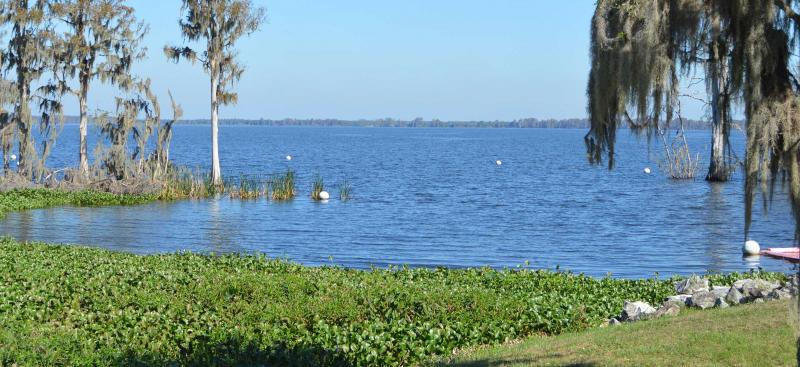Details
The Lake Hancock Outfall Treatment Project involves constructing a 1,000-acre treatment wetland to improve water quality leaving the lake.
The wetland treatment system will be built on part of the 3,500-acre parcel of land formerly known as Old Florida Plantation. Water will flow through large areas of wetland vegetation where nutrients and other pollutants will be removed from the water before it enters the Peace River.
Background
A study conducted by the District in the late 1990s investigated the cost and benefits of improving water quality in the lake versus the water leaving the lake. The study indicated the most beneficial and cost effective option is to treat water leaving the lake.
The next step in the process was to investigate the feasibility of various water treatment methods, including:
- Constructed wetlands
- Chemical treatment followed by settling
- Aquatic plant-based water treatment technology
- Other physical treatment processes
The evaluation was completed in February 2006 and examined cost effectiveness and treatment efficiency, and qualitative criteria such as performance track record, operational considerations, wildlife habitat potential, water storage capacity and recreational opportunities.
In addition, costs associated with each technology were estimated. Based on costs and benefits to the resource, the most feasible project option is a wetland treatment system designed to reduce nitrogen loads by approximately 27 percent. This is expected to improve water quality in the upper Peace River from a water quality index of “poor” to “fair.” The recommendation was approved by the District’s Governing Board and Peace River Basin Board at the February and April 2006 meetings.
The United States Environmental Protection Agency is contributing $773,700 to construction of the project.
Status
Testing, design, permitting and construction documents for the wetland treatment system are complete. Construction of the wetland treatment system commenced in September 2011 and was completed in June 2014. Initial operation of the system will focus on growth and recruitment of emergent wetland plants to create a dense stand of emergent vegetation.

